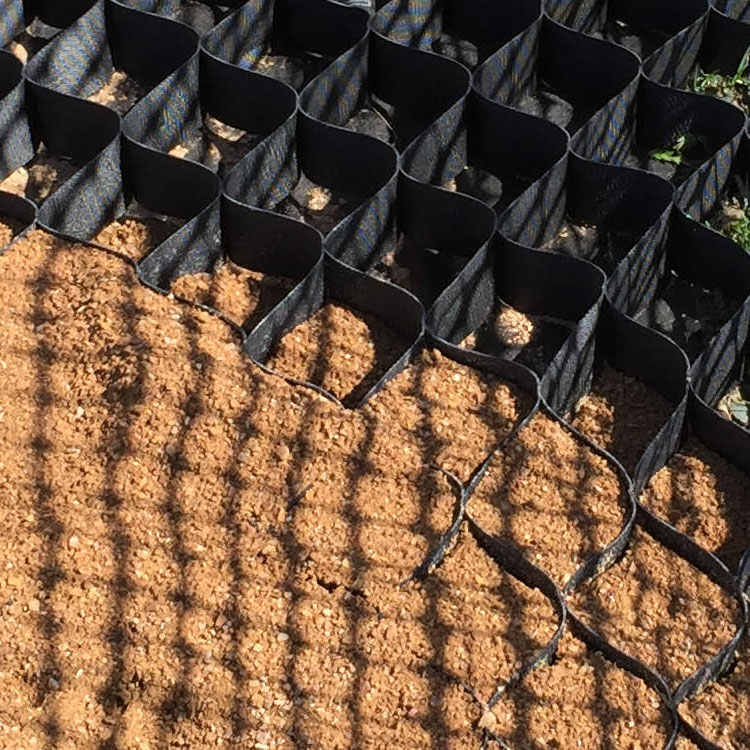My husband and I first moved to our property in the country some twenty years ago, and since we didn’t have a big budget to work with, we decided to build everything ourselves, spread out over a period of years. First came fencing and a small shed for the horses, and a few years later, we built the barn of my dreams—complete with eight stalls, a center aisle, and plenty of storage room. But being young and inexperienced as we were, we didn’t build it in the best location. The ground was lower on one side of the barn, which meant there would be standing water or mud for weeks after it rained.
That mud and muck was the bane of my existence for many years. However, a few years ago, I realized we could solve this problem with a French drain. I’m not sure why it took me so long to come up with the solution!
After much prodding, I finally got my husband on board with the project last summer, and it’s made a world of difference. Now, when it rains, that area gets wet, but it’s never a huge muddy mess like it once was.
In case you aren’t familiar with them, a French drain is a trench filled with a perforated pipe and gravel, which allows for easy drainage. The good news is that they aren’t difficult or overly expensive to install if you do the work yourself.

Here are the 6 steps we followed to build our French drain:
1.) Check for underground utility lines and pipes before digging your trench.
2.) Rent a trencher or use a shovel to dig a trench about 18 inches deep and 9-12 inches wide. Your trench will need a slope of at least 1%; this means the drain should slope down at least one inch for every 10 feet of pipe.
3.) Line your trench with filter fabric. Leave fabric open with at least 10 inches of excess fabric on the sides.
4.) Add about 3 inches of gravel over your fabric.
5.) Set your perforated pipe. (PVC works well, but you can also use flexible drainage hose.)
6.) Cover the pipe with more gravel which you can bring to ground level or cover with gravel and then topsoil.
Note: Never cover French drains with clay, as this won’t allow for good drainage or grass regrowth over the drain.
Also, check out these mud management solutions for around the barn!



